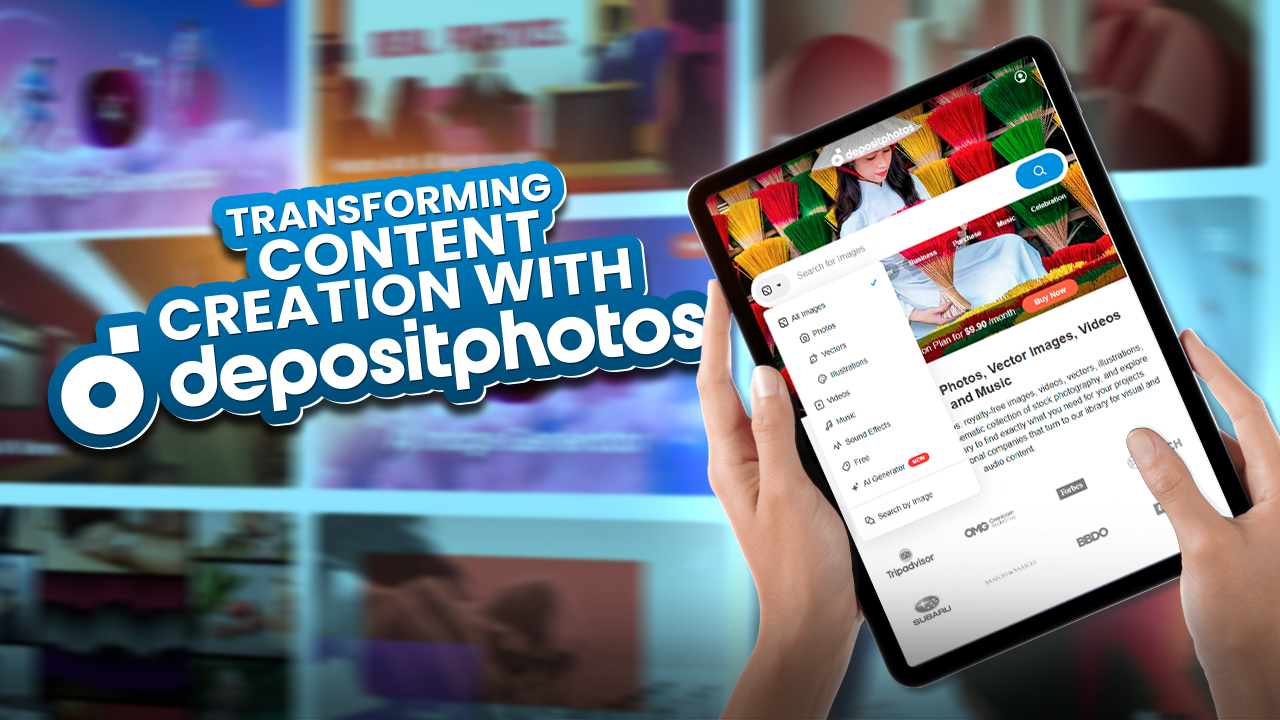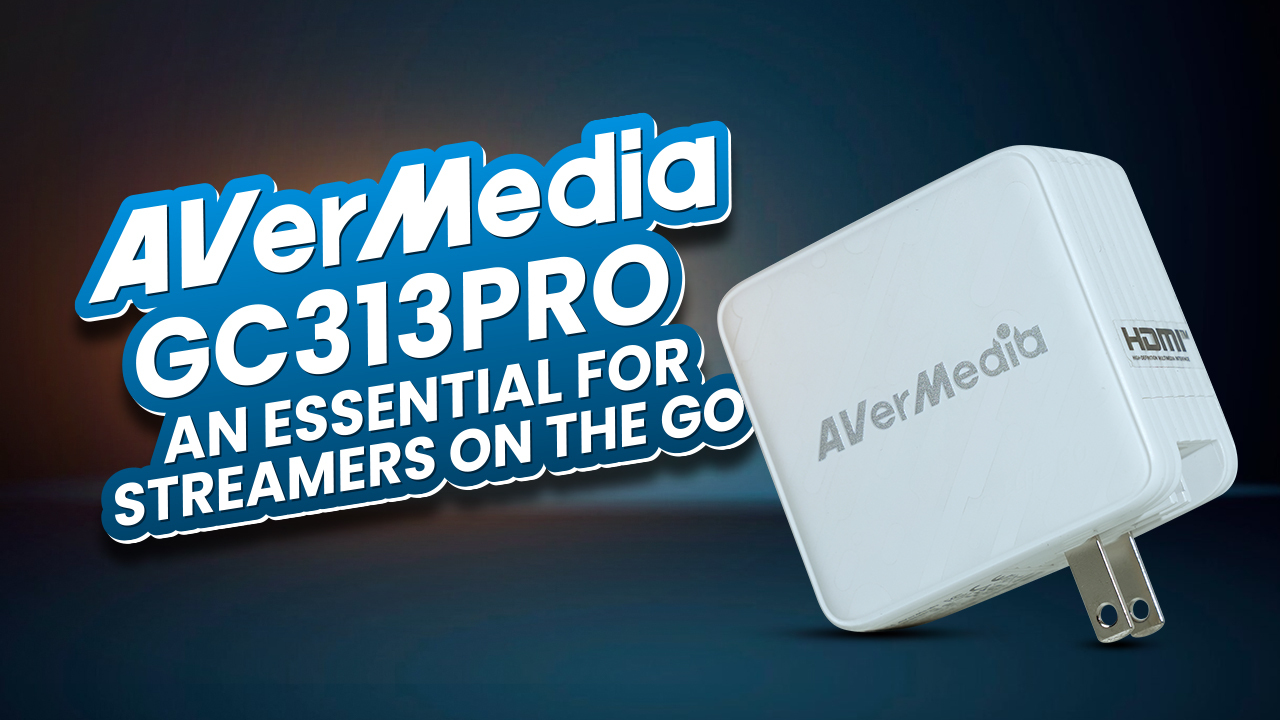In the not-so-distant past, we all have experienced classroom confinement. Four walls bound by textbooks and blackboards. However, with the myriad of technological innovations we are experiencing, learning has slowly transformed. Artificial Intelligence (AI) and Virtual Reality (VR) are vital weapons.
In a gist, these technologies allow for a classroom to come to life. History becomes an interactive time-traveling adventure. Science becomes easier to visualize. Mathematical formulas take on a more magical illustration. We will dwell on the impact of these two technologies on students and educators. We will learn how AI and VR change learning for students across the world, and the potential it still holds.
The Rise of AI and VR in Education
AI in education has become a game changer. With AI-powered adaptive platforms, educational content can be customized based on students’ strengths. As for VR, it offers an immersive experience in virtual environments. It simulates real-world situations. The rise of these technologies brought a need for proposal writing help. Students are pushed to write about technologies. It enhances their understanding of the topic. Here is where a research proposal writing service comes in handy. You should buy research proposal online to investigate various aspects of AI and VR. Such a proposal helper is guaranteed to deepen your understanding of the topics.
But what other aspects have these technologies brought forth? Its main benefit is its ability to democratize knowledge. They have reduced barriers to access. It offers chances for all students regardless of geographical location. For instance, AI-powered platforms can cater to diverse learning needs. Speech recognition features aid students with impairments. On the other hand, VR provides a more dynamic classroom environment. It allows anyone to travel to a different part of the world.
The Power of Immersive Learning Experiences in Learning
Immersive learning has shifted the passive to an active learning paradigm. Research shows that AI and VR also positively impact concentration and creativity. This section will dive into how these have changed the learning landscape.
From passive to active: engaging students in interactive education
In a conventional setting, students are passive recipients of information. Yet, the dynamics have shifted with the advent of AI and VR. Our evolving education pushes students to be more attentive and active in class. These technologies do so through:
- Interactive content. AI offers gamified puzzles, multimedia elements, and simulations. These interactive elements fuel curiosity and inspire critical thinking.
- Virtual field trips. Through education in VR, students can embark on virtual journeys. That could include a historical landmark, distant planets, or even inside the human body.
- Role-playing scenarios. AI and VR also enable students to participate in role-playing situations. That could involve historical reenactments, simulated business environments, and medical emergencies.
- Collaborative learning. Immersive experiences also drive students to collaborate. Virtual team projects promote communication, teamwork, and negotiation skills.
Learning by doing: VR simulations and real-life skill development
The best thing about AI’s impact on education is pushing students to do something instead of seeing things. VR simulations offer a safe and controlled place. It allows people to practice and learn real-life skills. Some prime examples include:
- STEM advancements. VR simulations empower science, technology, engineering, and mathematics (STEM) students. That includes manipulating molecules to visualize complex shapes.
- Overcoming fear. VR-based exposure therapy helps students manage fears like stage fright. Virtual public speaking experiences reduce anxiety and improve skills.
- Empowering creativity. Immersive learning fosters artistic expression with virtual canvases. Painting in a virtual art studio or composing music nurtures creativity.
The Future of Education: AI, VR, and Beyond
The future of AI in education promises transformative opportunities. AI will enable personalization, tailoring content to individual needs. VR will create a more immersive experience. Adaptive assessments will provide real-time feedback. It eliminates the need to use professors or teachers for grading. As AI and VR evolve, education will become more accessible, inclusive, and engaging. It will keep empowering learners of all ages to acquire novel skills. It drives them to enhance their knowledge of life.
Conclusion
Finally, the combination of Artificial Intelligence (AI) and Virtual Reality (VR) has heralded a new age in education. It altered how students learn, and educators educate. These disruptive tools have broken traditional classroom limits. It creates interactive and immersive learning experiences.
AI technology in the future will change the way information is gained. That includes a personalized curriculum suited to individual strengths and weaknesses. Another example is virtual field excursions that take pupils to historical places and faraway worlds. The future of education has limitless possibilities. Immersive learning shapes a generation of lifelong learners. They become ready to navigate a quickly changing world.







